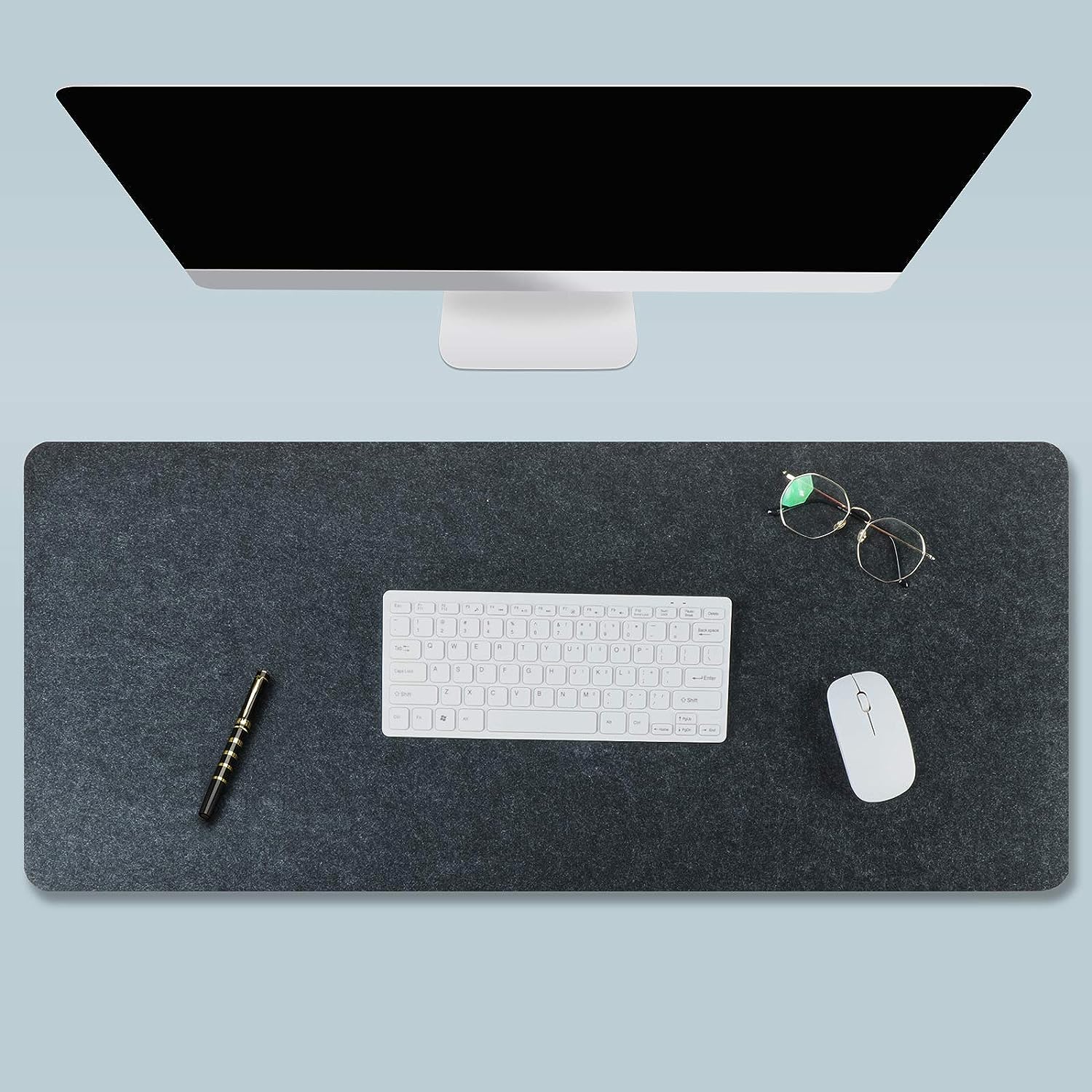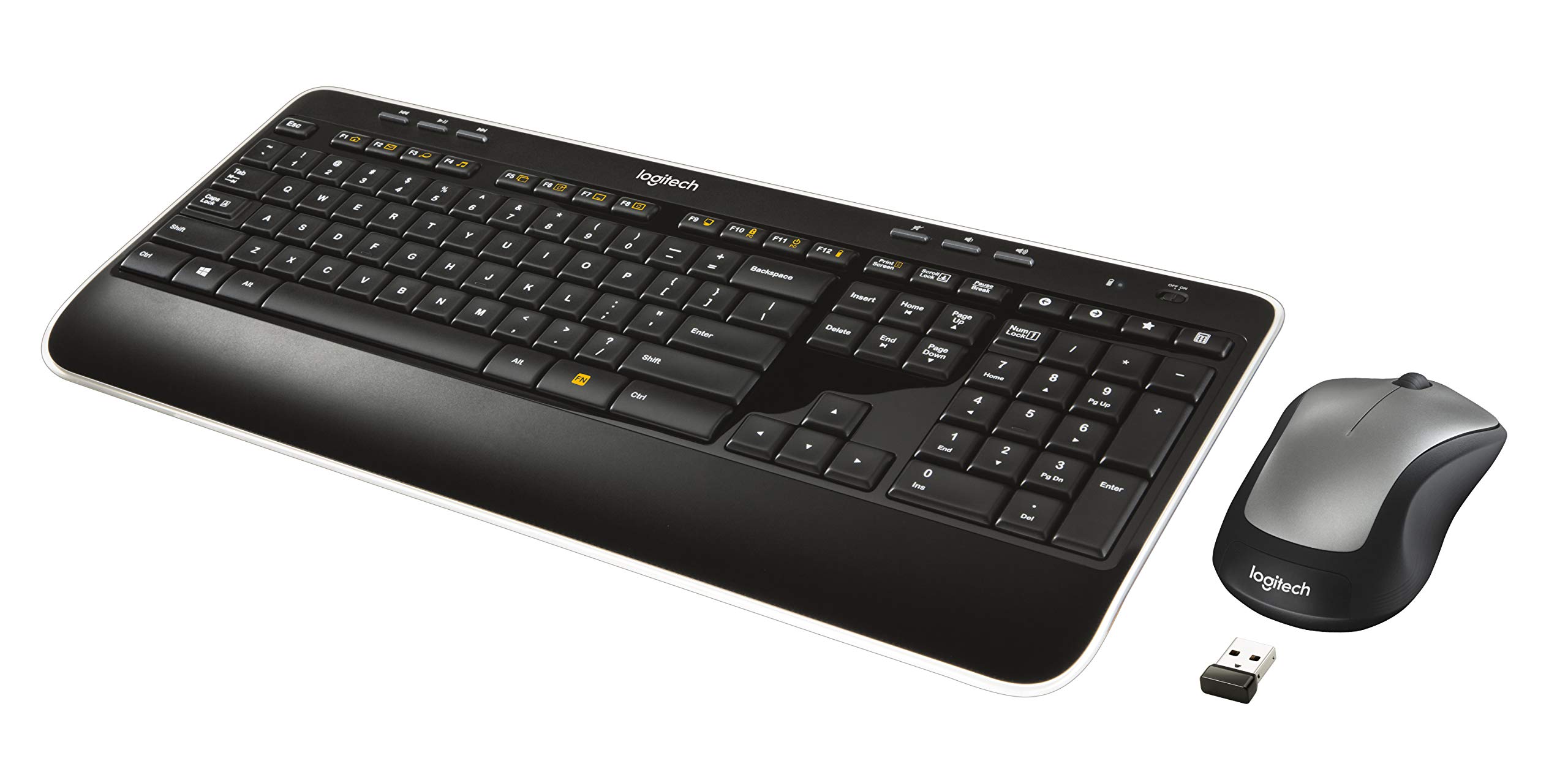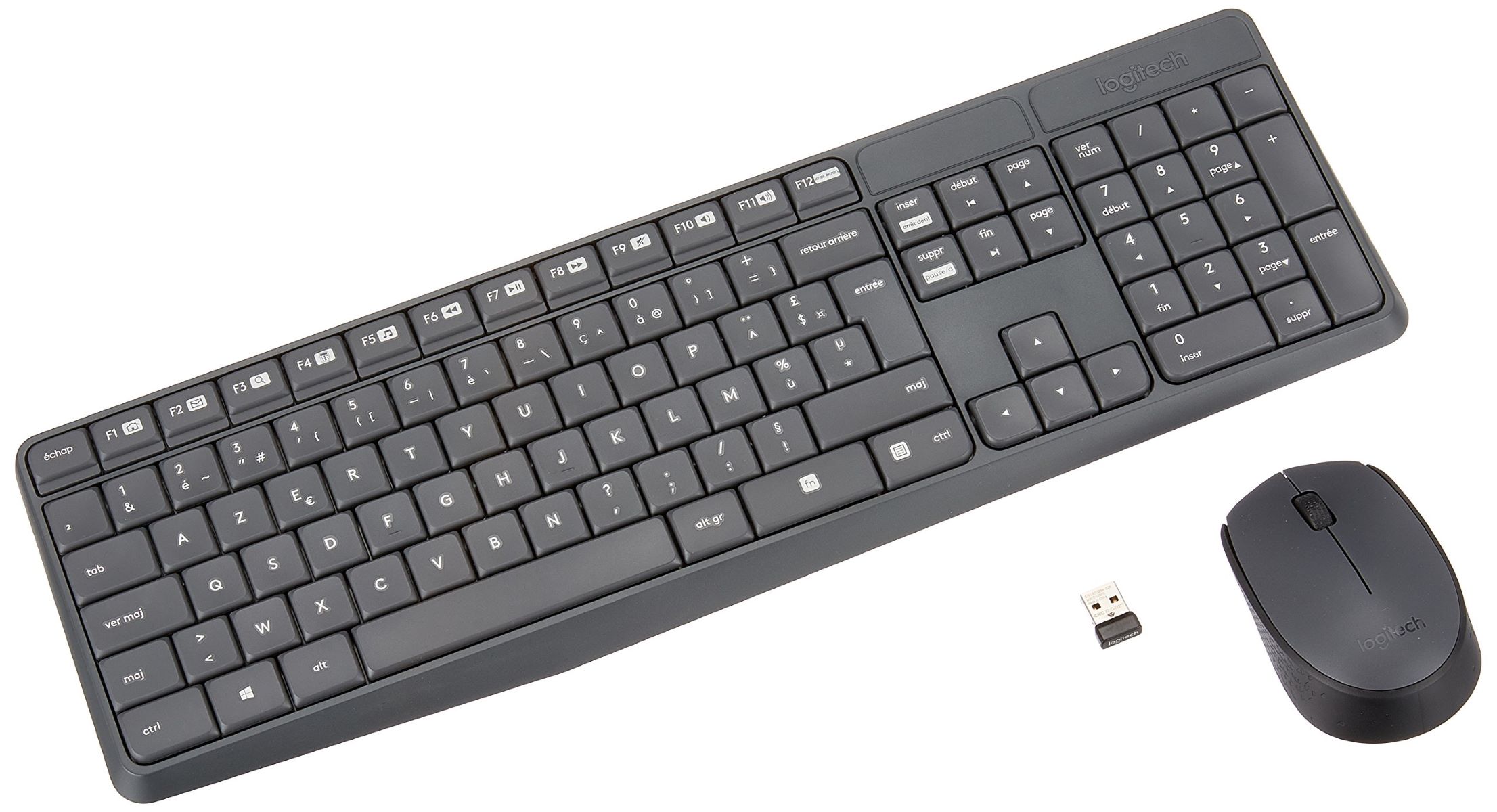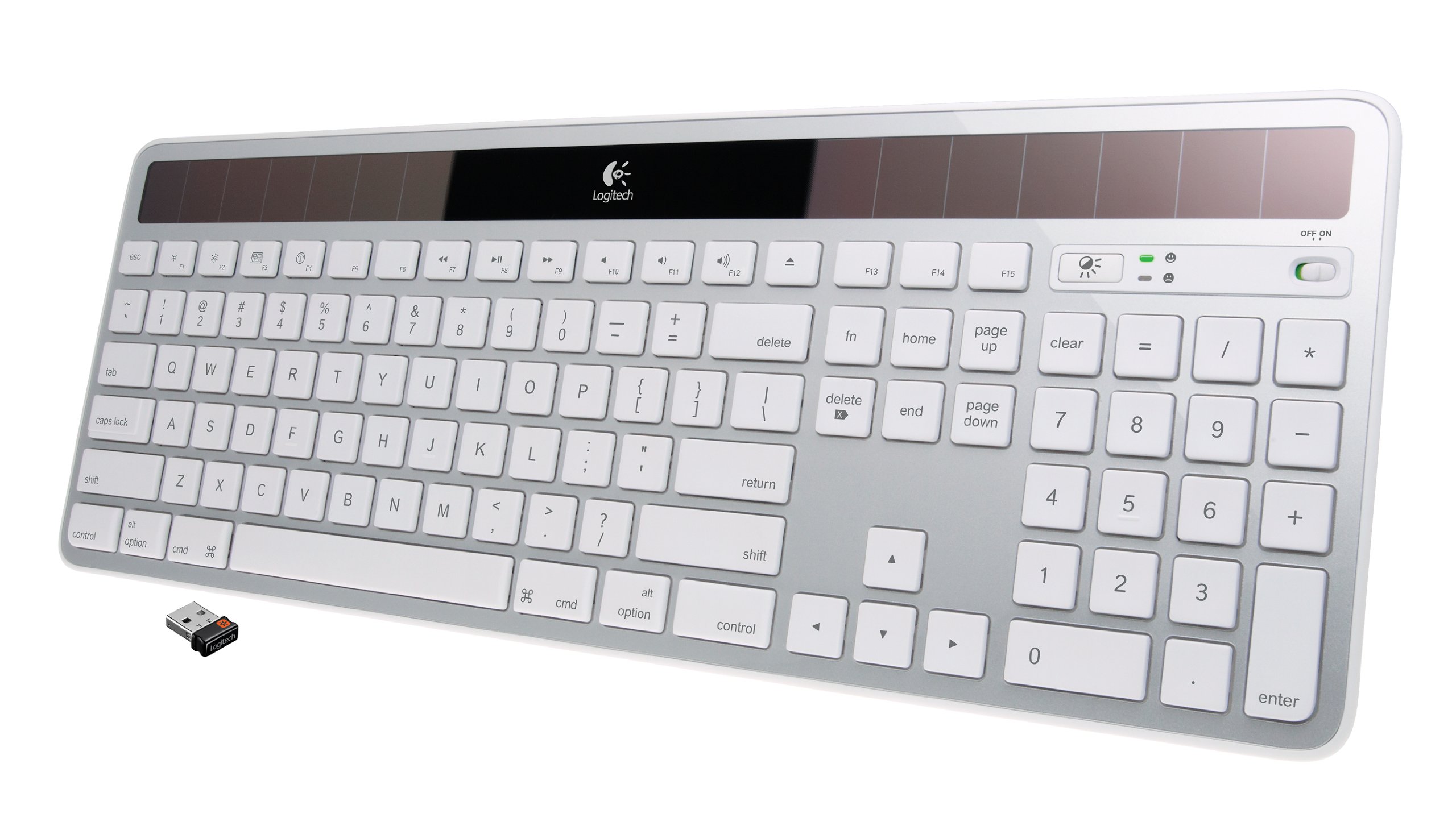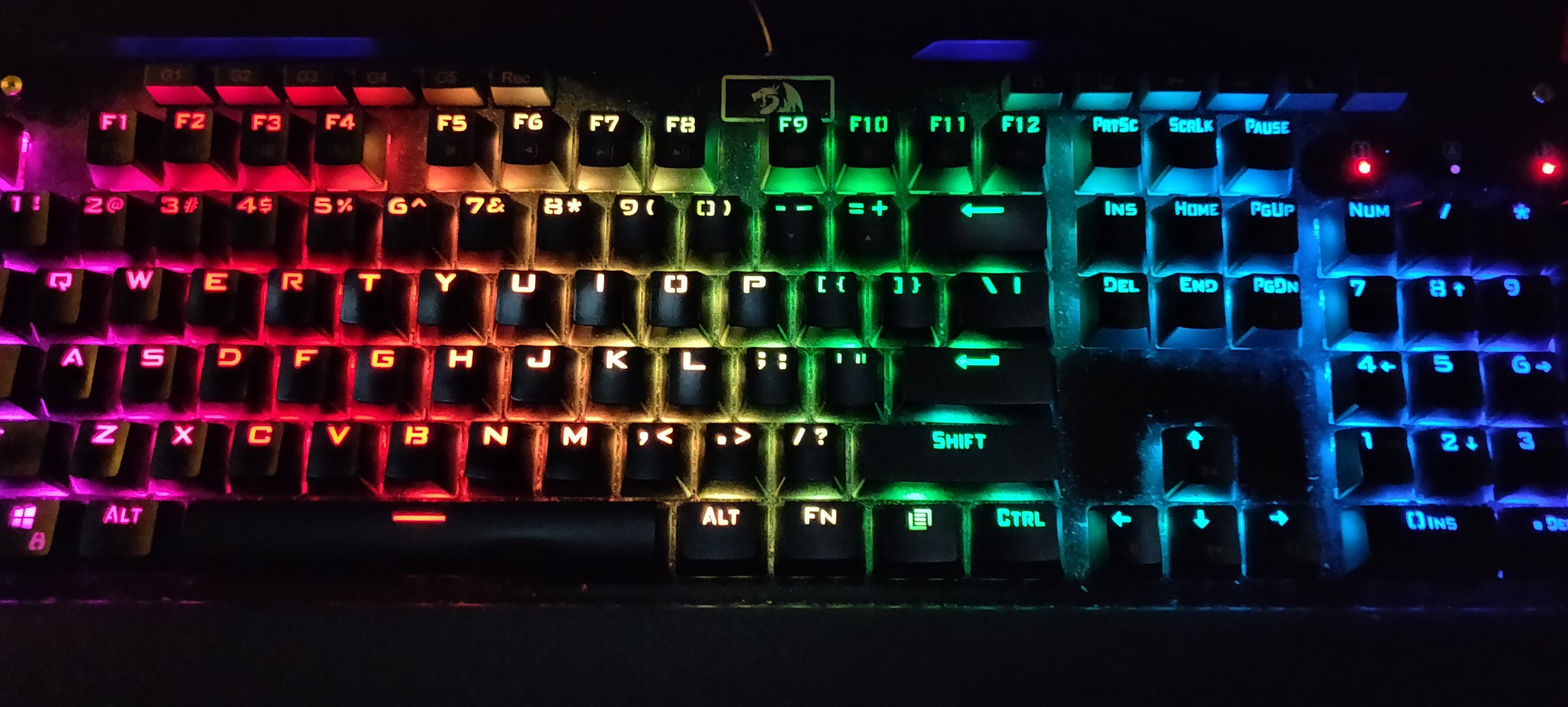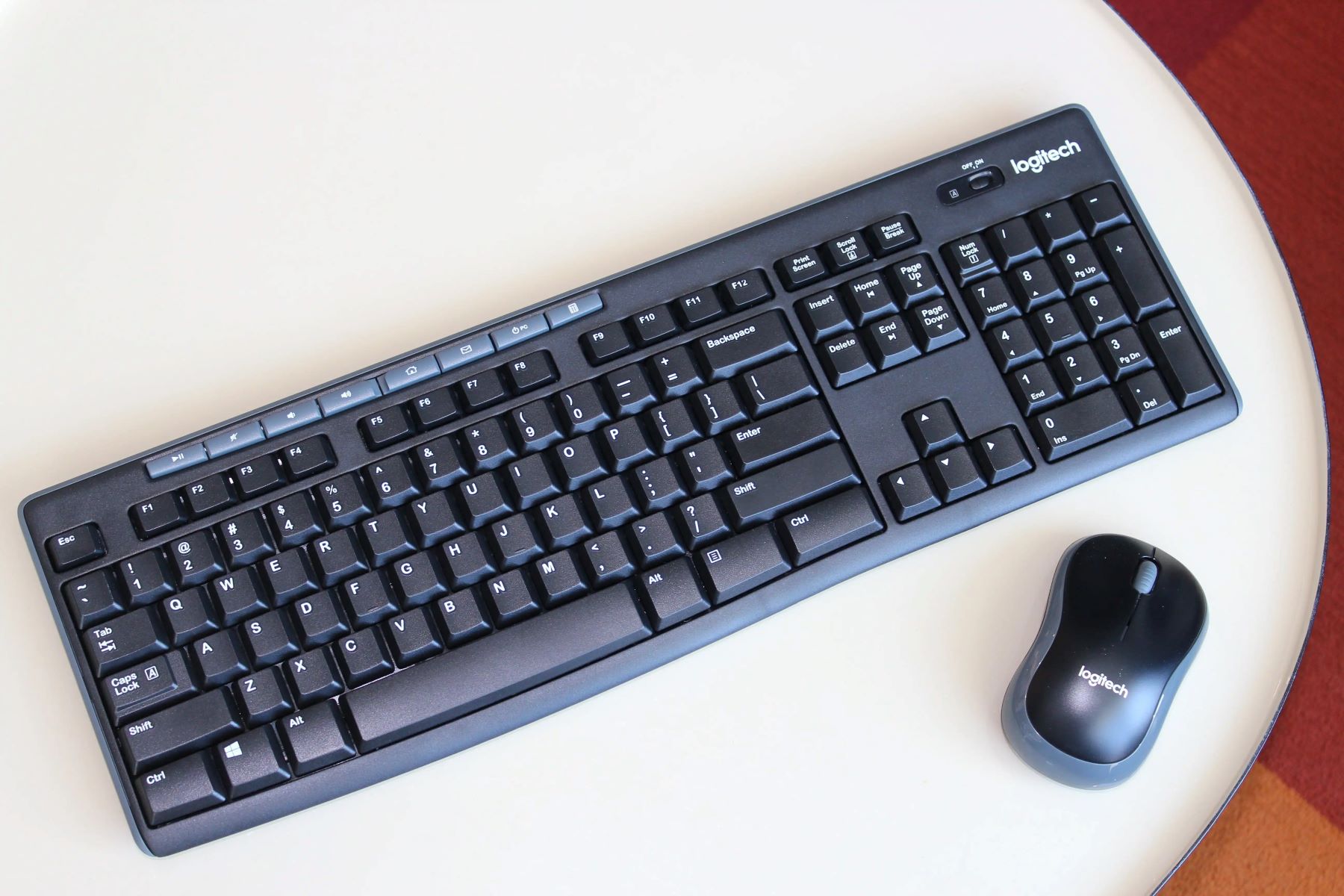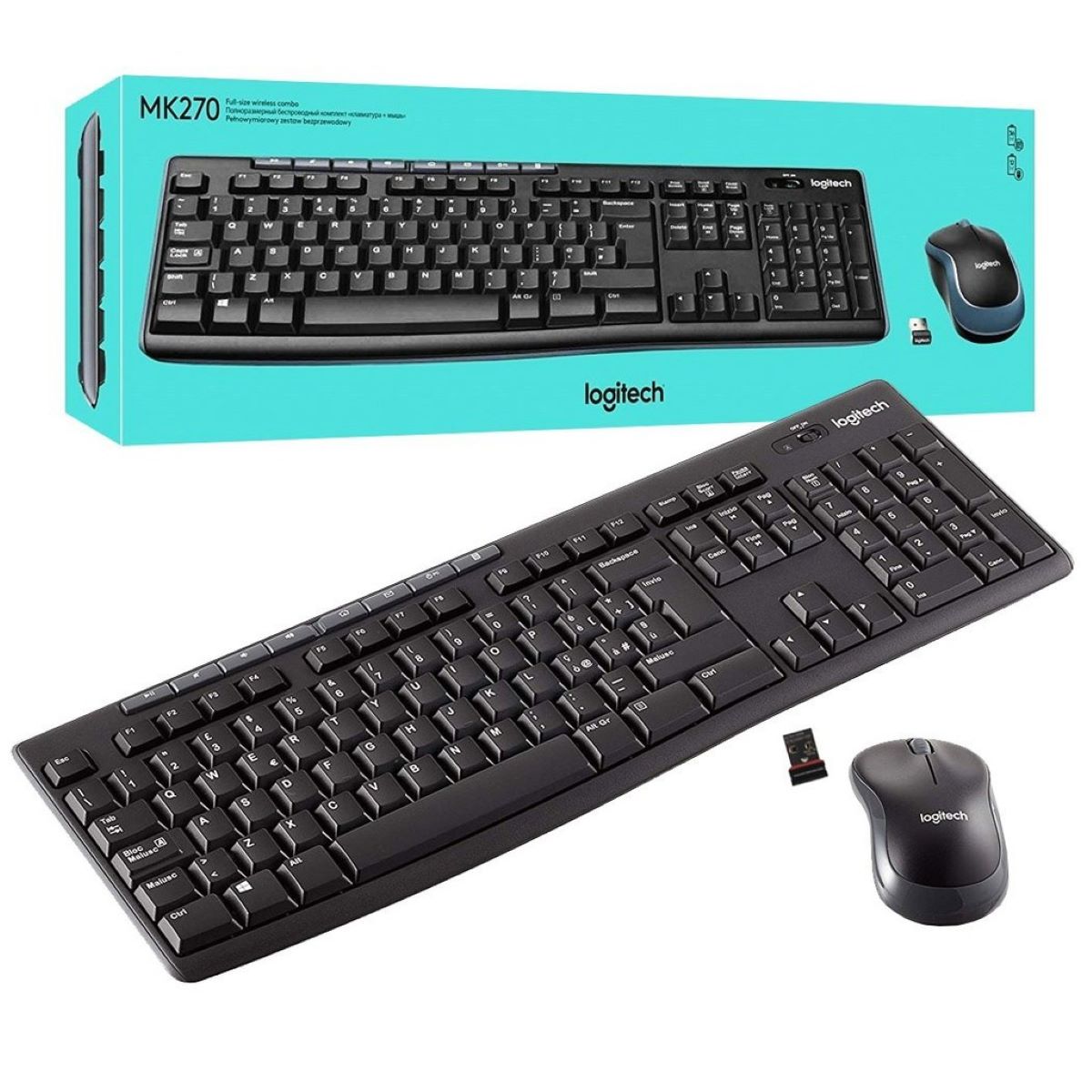Introduction
Are you frustrated by the sudden activation of your mouse pad while typing? This common issue can disrupt your workflow and lead to accidental cursor movements or clicks, causing potential errors in your work. Fortunately, there are several effective solutions to prevent this inconvenience and regain control of your typing experience.
In today's digital age, where typing has become an integral part of our daily routine, ensuring a seamless and uninterrupted typing experience is essential. Whether you're drafting important documents, composing emails, or engaging in online conversations, the last thing you need is the mouse pad interfering with your typing.
In this article, we will delve into the underlying causes of this issue and explore practical strategies to resolve it. By understanding the mechanics of the problem and implementing the recommended solutions, you can reclaim your typing efficiency and avoid the frustration of dealing with an overly sensitive mouse pad.
Let's embark on this journey to troubleshoot and address the issue of the mouse pad activating while typing. Whether you're a student, a professional, or simply someone who values a smooth typing experience, the insights and techniques shared here will empower you to overcome this common annoyance and optimize your productivity.
Understanding the Issue
The phenomenon of the mouse pad activating while typing often stems from inadvertent contact with the touchpad, leading to cursor movement or accidental clicking. This issue commonly occurs on laptops equipped with integrated touchpads, where the proximity of the touchpad to the keyboard increases the likelihood of interference during typing.
Typically, when typing, the base of the palm or the thumbs may unintentionally brush against the touchpad, triggering cursor movements or clicks. This can be particularly frustrating during extended typing sessions, as it disrupts the flow of work and may result in errors or unintended actions.
Another factor contributing to this issue is the sensitivity settings of the touchpad. High sensitivity levels can exacerbate the problem, making the touchpad more prone to activation from even the slightest contact. Additionally, outdated device drivers or software configurations may also play a role in the erratic behavior of the touchpad during typing.
Understanding the mechanics of this issue is crucial in devising effective solutions. By recognizing the common triggers and underlying causes, you can take targeted steps to mitigate the interference of the touchpad while typing. In the following sections, we will explore practical strategies and adjustments to address this issue, empowering you to regain control over your typing experience and minimize disruptions caused by inadvertent touchpad activation.
Solutions to Prevent Mouse Pad from Starting While Typing
Addressing the issue of the mouse pad starting while typing requires a multifaceted approach, encompassing both software adjustments and practical workarounds. By implementing the following solutions, you can effectively mitigate the interference of the touchpad and enjoy uninterrupted typing sessions.
- Adjusting Mouse Pad Settings: One of the primary solutions involves customizing the touchpad settings to reduce sensitivity during typing. Most laptops offer the option to adjust touchpad sensitivity, allowing you to minimize unintended activations. By accessing the touchpad settings through the control panel or system preferences, you can fine-tune the sensitivity to ensure that typing gestures do not inadvertently trigger the touchpad.
- Using External Mouse: An alternative solution is to utilize an external mouse as a substitute for the touchpad. By connecting a USB or wireless mouse to your laptop, you can bypass the touchpad entirely, eliminating the risk of accidental activations while typing. This approach not only prevents interference but also provides a more ergonomic and precise pointing device for navigating your computer.
- Updating Device Drivers: Outdated or incompatible touchpad drivers can contribute to erratic behavior during typing. Updating the device drivers to the latest versions can often resolve compatibility issues and improve the overall performance of the touchpad. By visiting the manufacturer’s website or using built-in driver update utilities, you can ensure that your touchpad operates seamlessly, minimizing the likelihood of interference during typing.
By implementing these solutions, you can proactively address the issue of the mouse pad starting while typing, enhancing your overall typing experience and productivity. Whether through software adjustments or the use of external peripherals, these strategies empower you to regain control over your typing environment and minimize the disruptions caused by inadvertent touchpad activations.
Adjusting Mouse Pad Settings
Customizing the touchpad settings is a pivotal step in preventing its activation while typing. Most modern laptops provide users with the flexibility to adjust touchpad sensitivity and behavior, offering a tailored solution to mitigate interference during typing sessions. By accessing the touchpad settings, you can implement the following adjustments to optimize your typing experience:
- Sensitivity Adjustment: The touchpad sensitivity setting enables users to control the responsiveness of the touchpad to touch and pressure. By reducing the sensitivity level, you can minimize the likelihood of accidental activations while typing. This adjustment allows for a more deliberate touchpad interaction, ensuring that typing gestures do not inadvertently trigger cursor movements or clicks.
- Palm Rejection: Some touchpad settings feature palm rejection functionality, designed to distinguish between intentional touchpad interactions and inadvertent palm or thumb contact. Enabling palm rejection can effectively prevent unwanted cursor movements or clicks caused by palm or thumb brushes during typing, enhancing the overall accuracy and reliability of the touchpad.
- Gesture Control: Touchpad settings often include gesture control options, allowing users to customize and disable specific touchpad gestures. By deactivating gestures that may inadvertently interfere with typing, such as tapping or swiping motions, you can minimize the risk of unintended touchpad activations, creating a more seamless typing environment.
Accessing these settings typically involves navigating to the control panel or system preferences on your laptop and locating the touchpad configuration options. The specific interface and available settings may vary based on the laptop manufacturer and operating system, but the fundamental adjustments for sensitivity, palm rejection, and gesture control are commonly featured across different devices.
By fine-tuning the touchpad settings to align with your typing preferences and behaviors, you can effectively reduce the likelihood of the touchpad starting while typing, fostering a more controlled and uninterrupted typing experience. These adjustments empower you to tailor the touchpad behavior to suit your individual needs, minimizing the disruptions caused by inadvertent touchpad activations and enhancing your overall productivity.
Using External Mouse
Employing an external mouse as an alternative pointing device presents a practical solution to circumvent the challenges posed by an overly sensitive touchpad. By connecting a USB or wireless mouse to your laptop, you can effectively eliminate the risk of inadvertent touchpad activations while typing, providing a seamless and ergonomic input method for navigating your computer.
External mice offer several advantages over touchpads, particularly in the context of typing-intensive tasks. The distinct physical separation of the mouse from the keyboard reduces the likelihood of accidental cursor movements or clicks caused by palm or thumb brushes during typing. This spatial differentiation creates a clear delineation between typing and pointing actions, minimizing interference and enhancing overall precision.
Furthermore, external mice often feature customizable sensitivity settings and ergonomic designs, allowing users to tailor the pointing device to their specific preferences. This level of customization can significantly enhance the user experience, providing a more comfortable and controlled input method for navigating documents, web pages, and applications.
When using an external mouse, it is important to select a model that aligns with your ergonomic needs and usage patterns. Factors such as grip style, button configuration, and tracking technology should be considered to ensure optimal comfort and functionality. Additionally, wireless mice offer the advantage of mobility and clutter-free workspace, while USB mice provide reliable connectivity and compatibility with a wide range of devices.
By incorporating an external mouse into your computing setup, you can create a conducive environment for uninterrupted typing, free from the disruptions caused by inadvertent touchpad activations. Whether for professional tasks, creative endeavors, or casual browsing, the seamless integration of an external mouse empowers you to regain control over your pointing input and optimize your overall productivity.
Updating Device Drivers
Outdated or incompatible device drivers can contribute to erratic touchpad behavior, including unintended activations during typing. By updating the device drivers for your touchpad, you can resolve compatibility issues, improve performance, and mitigate the risk of interference while typing. This proactive approach ensures that your touchpad operates seamlessly, enhancing the overall user experience and productivity.
Updating touchpad drivers typically involves accessing the device manager or utilizing built-in driver update utilities provided by the laptop manufacturer or the operating system. By following these steps, you can initiate the process of updating the touchpad drivers to the latest versions, addressing potential software-related issues and optimizing the functionality of the touchpad.
When updating device drivers, it is essential to verify compatibility with your specific laptop model and operating system. Manufacturers often release driver updates to address known issues, enhance performance, and introduce new features, making it crucial to stay informed about the latest driver releases for your touchpad. By regularly checking for driver updates and applying them as needed, you can ensure that your touchpad operates reliably and remains compatible with the evolving software environment.
Additionally, some laptops offer dedicated software utilities or control panels that facilitate the management and updating of device drivers, streamlining the process and providing a user-friendly interface for driver maintenance. These utilities may include automated update checks, driver installation wizards, and diagnostic tools to identify and resolve touchpad-related issues.
By proactively updating touchpad drivers, you can address potential software conflicts, compatibility concerns, and performance limitations that may contribute to the unwanted activation of the touchpad while typing. This proactive maintenance approach not only enhances the stability and reliability of the touchpad but also ensures a seamless and uninterrupted typing experience, empowering you to focus on your tasks without the distraction of inadvertent touchpad interference.
Conclusion
Addressing the issue of the mouse pad starting while typing is essential for maintaining a seamless and productive computing experience. By understanding the underlying causes and implementing practical solutions, you can effectively mitigate the interference of the touchpad and regain control over your typing environment.
From adjusting touchpad settings to utilizing external mice and updating device drivers, the strategies outlined in this article offer versatile and targeted approaches to prevent the unwanted activation of the touchpad during typing. By customizing touchpad sensitivity, leveraging external pointing devices, and ensuring the compatibility of touchpad drivers, you can proactively address this common issue and optimize your overall typing experience.
Whether you’re a student, a professional, or an avid computer user, the ability to type without the disruption of inadvertent touchpad activations is paramount. These solutions empower you to tailor your computing environment to suit your individual preferences and workflow, fostering a more controlled and efficient typing experience.
By implementing these recommendations, you can minimize the frustration of dealing with an overly sensitive touchpad and enhance your overall productivity. Whether you prefer software adjustments, external peripherals, or driver maintenance, the key is to find the approach that best aligns with your needs and usage patterns.
Ultimately, by taking proactive steps to prevent the mouse pad from starting while typing, you can create a more conducive and uninterrupted typing environment, allowing you to focus on your tasks with confidence and efficiency.









